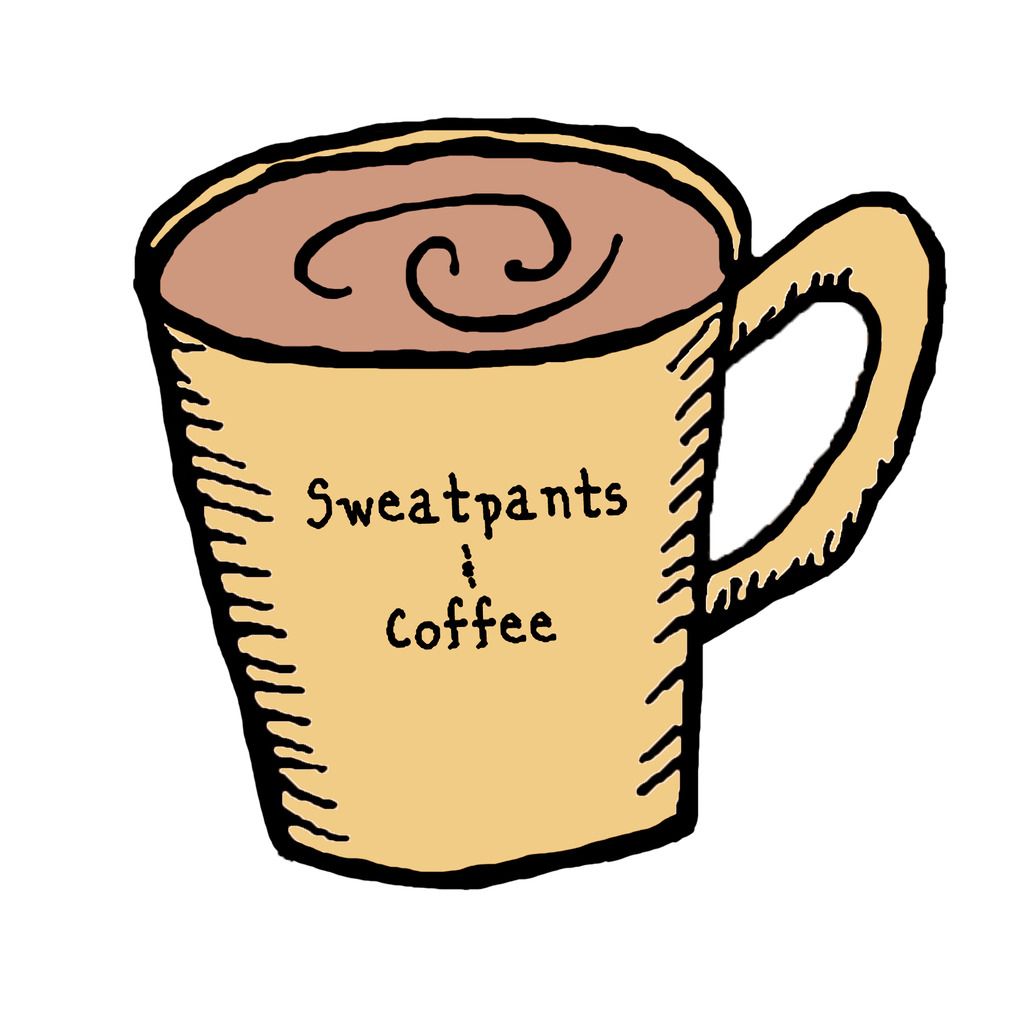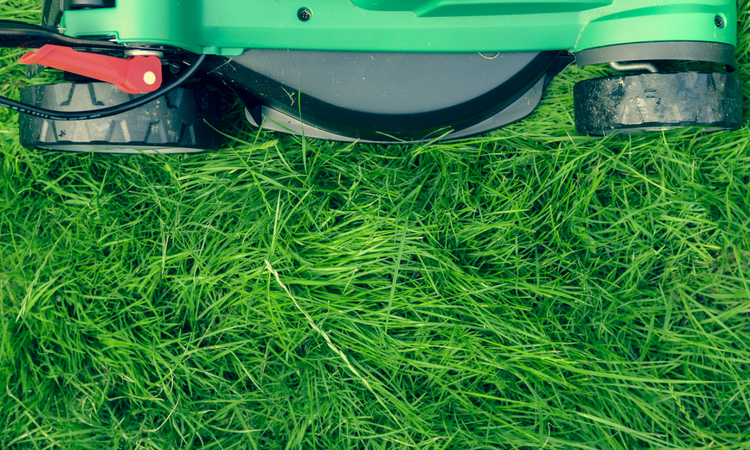By Sue Gelber
I stand in the garage lurking behind my car as a young man picks up something from the pile at the curb. He’s taking the kids’ table and chairs! It’s an adorable set: two folding pint-sized chairs and a table with a brightly colored umbrella. My children had dozens of lunches at that table, mini pb&j sandwiches and cups of lemonade, perfect for a hot summer day. Perhaps the man has two kids of his own who’ll enjoy similar backyard picnics. He tosses the chairs in his truck then grabs the table. Before he adds it to his haul, he pulls the umbrella out and throws it back on the pile. “But it’s a set!” I want to yell after him.
He wouldn’t care, of course. The chairs and table are desirable not because they’re cute but because they’re metal. They’ll be sold for scrap. The umbrella has no value. My discard has been discarded. Welcome to Spring Clean Up.
I first became familiar with Spring Clean Up when my husband and I moved to the Chicago area. We were still new, living in temporary housing, spending our free time exploring neighborhoods and looking at houses. The weather was warm and flowers were blooming. But then, as we drove north from the city, we noticed blooms of a different sort in the suburbs: piles and piles of junk, some capable of furnishing modest-sized homes.
“Boy, people here throw out a lot of stuff,” I said. “Everything but the kitchen sink.” A few blocks later, there it was: a stainless double-bowl undermount. Toy trucks, bookcases, beanbag chairs, vases, file cabinets. You name it, you can probably find it.
Once a year, in late spring, residents can leave items curbside without paying for a special trash pickup. What started as a way to help people clean out their basements has now turned into a full-fledged phenomenon, akin to a massive FreeCycle or Criagslist. Discards are piled high in front of houses large and small. Even lakefront mansions host stacks on their carefully manicured lawns. Most of the piles are junk: construction debris, broken furniture. But some items are intact and valuable. Treasure-hunters, furniture-restorers and scrap-metal dealers from all over the area take full advantage, flocking by the hundreds to these otherwise quiet towns, cruising slowly down residential streets, sometimes causing traffic jams as they look for things worth salvaging.
This particular year, I’m trying to clean out as much as possible since downsizing is on the horizon. We’ve scoured through the recesses of our house and come up with a bizarre assortment of items. Plastic purple margarita glasses. A book on basement remodeling. A set of “fun with phonics” educational toys. They are remnants not so much of a life lived, but a life that we hoped might materialize, when and if we had time/money/kids interested in educational toys. But the children mastered reading years ago and we’re never doing that basement renovation. As a borderline hoarder, it’s hard for me to let go, but I take solace in the fact that most items will get salvaged within minutes of being placed on the curb.
Toys always get scooped up right away, as well as anything metal. College students are happy to find furniture. Contractor trucks screech to a halt at the sight of boxes of tile. Neighborhood kids snag sports equipment. A guy in a suit jumps out of his Lexus to take six tiki torches. It’s like the circle of life, these discards getting renewed. But some items languish. Not everything has value, even when it’s free: a 20-year-old mattress with springs poking out; a pressboard desk that’s falling apart; an AbCruncher.
“But the AbCruncher is in perfect shape,” I complain to my husband as it sits untouched on our curb. “Who doesn’t want flatter abs—for free?”
I can’t help but get insulted when our pile gets a slow drive-by but then is deemed unworthy. “You don’t know what you’re missing!” I want to call after the discriminating scavengers who have dismissed our junk as, well, junk.
Sometimes I linger by the pile and serve as a salesperson of sorts: “The nightstand is scratched, but the drawers all open and close easily.” Sometimes I help people load stuff in their cars. Sometimes I stay in the garage because hovering feels creepy.
But there are nice connections to be made. I spy a couple eyeing our pile. I grab another box and bring it down to the street. I strike up a conversation. It turns out the woman grew up in the neighborhood. We chat about some long-time residents and lament the huge new houses wedged onto tiny lots. She lives in the city now and does furniture refinishing. She shows me a table she found a few blocks over that she plans to restore. She spies some cedar planks, and I point out mahogany boards leftover from one of my husband’s projects. She thinks she can make something with them. They also take an old kitchen cabinet. “It’s in great shape,” I gush. They pull away with wood planks strapped to the roof of their packed-to-the-gills car.
I look over the pile. The trash truck will be coming the next day to haul it all away. I’ve already picked out the items I think I can donate. I leave the broken pressboard desk. It’s old and in bad shape. No one wants it. It’s hard for me, this letting go, the final realization that not everything can be saved.
I start to walk back up the driveway, but at the last minute I turn, grab the AbCruncher, and carry it back to the garage.
Sue Gelber currently lives a downsized life in Big Sky Country. Her work has appeared in The Chicago Tribune, The Examined Life Journal, Realize Magazine and HumorWriters.org. For several years she penned a local fitness column for Patch.com. She recently switched to decaf, however, so she fears her best days are behind her.






Leave a Reply